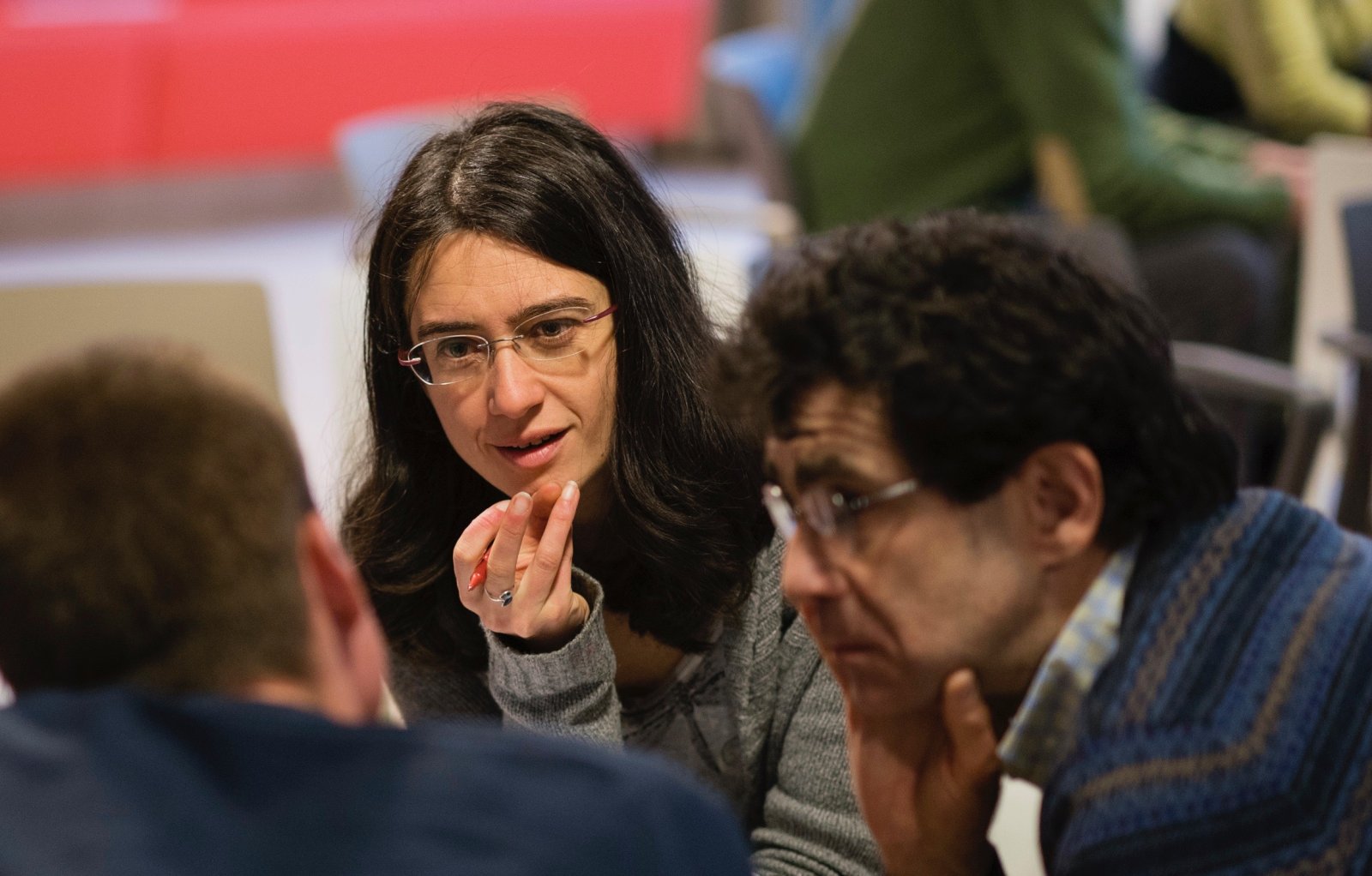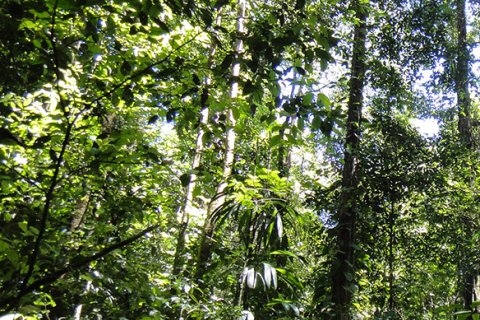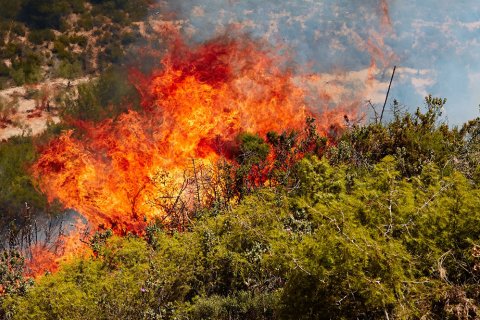Mara Baudena on understanding forest fires in times of a changing climate
It’s easy to imagine that drought, too much rainfall or forest fires affect the kind of vegetation found in an area. But plants are not passive - they push back and actively regulate these processes themselves. So what can we expect under a changing climate?
Mara Baudena is an assistant professor at the Copernicus Institute for Sustainable Development, Utrecht University. In this interview she tells us about her research investigating the role of plants in our changing climate, and untangling the complex relationship between vegetation and fire.

You investigate how plants and climate are connected. Why is this so interesting?
I’m interested in how plants and climate are connected - how they’re connected in a small woodland patch, but also globally. What’s interesting is that on a small scale plants feel climate, but on a larger scale they actually affect climate. And they’re not only passively responding, they’re pushing back and influencing the climate in very complex ways.
With a better understanding of this complex relationship we can make more accurate predictions of what will happen to different ecosystems under a changing climate. And with better predictions come better adaptation and mitigation measures.

You started off working in climate physics. How did you end up in environmental sciences?
When I began my PhD I wanted to improve how we model the earth's surface in climate predictions. We try to predict climate by studying the motion of the air and oceans. But it’s also important to know what happens on the Earth’s surface, and the surface is of course covered by plants. Forests, grasses, shrubs, the list goes on, each interacting with the climate in a different way.
I wanted to include plants in these models, but quite quickly realised that the field of ecology is like physics 300 years ago. It’s a younger science and there is still a lot to do. This got me fascinated in finding out more about how plants work, how they grow, burn, interact with each other.

Recently you’ve been working on how plants burn. Can you tell us more about this?
I've been looking at ecosystems that are susceptible to fires, like Mediterranean forests. Right now they can more or less deal with it, but I’m trying to understand what will happen when the climate changes even further. Will they still be able to recover from forest fires or handle long periods of drought?
Could climate change mean an increase in forest fires then?
Yes, but not everywhere. Fires are often predicted using only climate. Is there a drought or too little rain? But this doesn’t give the complete picture. Some plants influence the frequency, intensity, size, pattern, season, and severity of fires. Fire also affects which plants you find in an area. It’s again very complex. I’m working on untangling this relationship - trying to find common patterns - to pinpoint where in the world we must take plants into account when predicting fires.
And what about the results from your recently published a paper?
My recent paper shows that increased aridity will make Mediterranean forests more vulnerable to wildfires, and shrubs and grasses could permanently replace hardwood and pine forests.
Increased aridity will make Mediterranean forests more vulnerable to wildfires, and shrubs and grasses could permanently replace hardwood and pine forests.
To predict fire and plant fate in a changing world we need to represent full plant-fire responses in our models. This is not only crucial for the Mediterranean, but for all ecosystems across the world where fire occurs, and should be considered for global-scale models such as those used by the IPCC, the UN Intergovernmental Panel for Climate Change.
Further reading
Baudena, M., Santana, V., Jaime Baeza, M., Bautista, S., Eppinga, Maarten B., Hemerik, L., Garcia Mayor, A., Rodriguez, F., Valdecantos, Alejandro, Vallejo, R., Vasques, A. & Rietkerk, M.G. (2019). Increased aridity drives post-fire recovery of Mediterranean forests towards open shrublands. New Phytologist.
D'Onofrio, D., von Hardenberg, J. & Baudena, M. (2018). Not only trees - Grasses determine African tropical biome distributions via water limitation and fire. Global Ecology and Biogeography, 27(6), 714-725.

